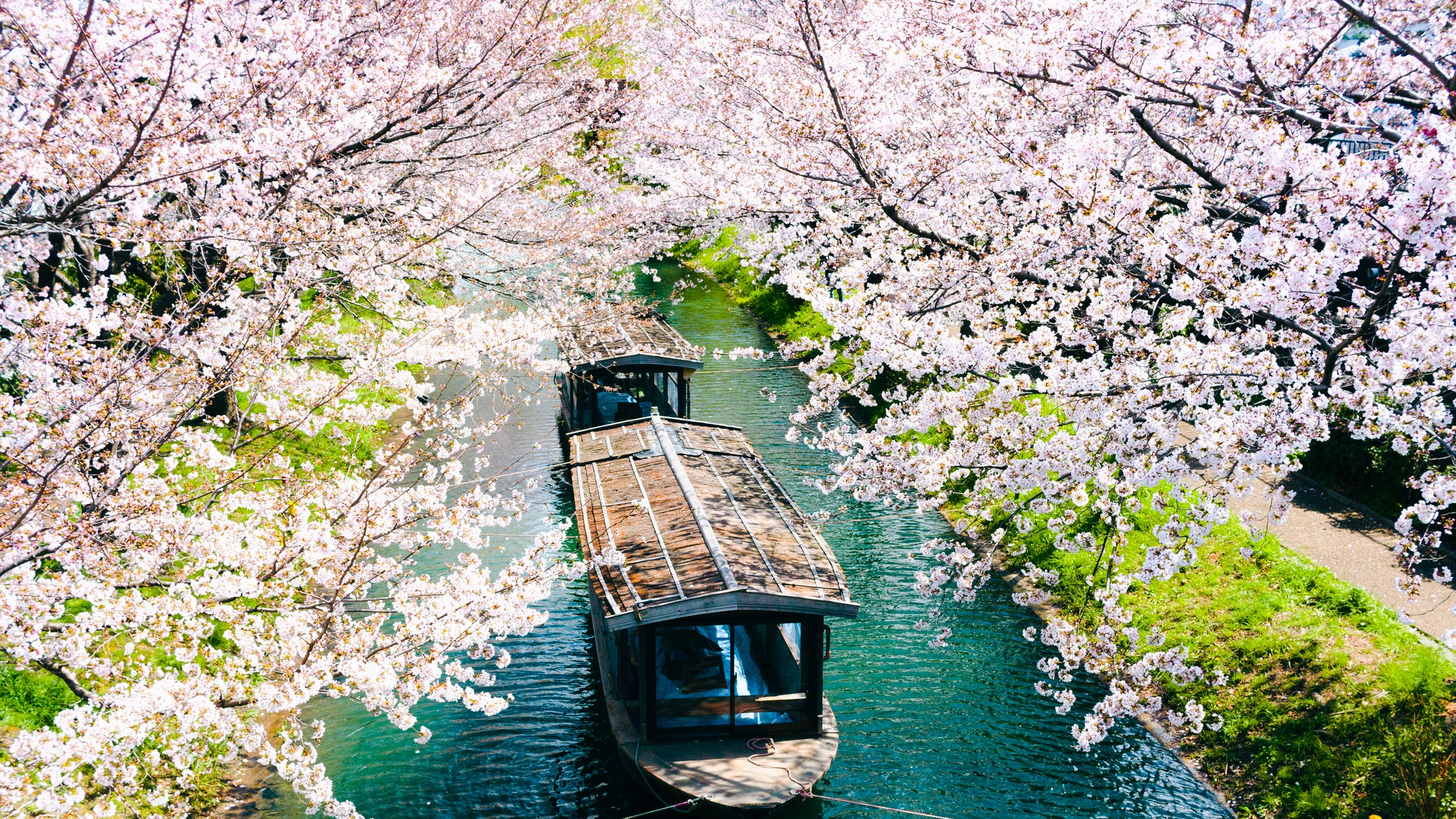Japan was voted the best country in the world in the 2023 Readers’ Choice Awards. Here, resident foodie and travel connoisseur Tokyo Halfie explains 24 reasons why you should visit Japan in 2024.
With a rich cultural heritage that eloquently integrates tradition and innovation, Japan is full of juxtapositions. After a two-year entry restriction that was lifted earlier this year, international travellers are flocking back to explore the splendours the country has to offer.
The diverse landscape unveils its ever-changing tapestry of colours, from the delicate pink sakura cherry blossoms in the spring to the vibrant fiery gradation of koyo autumn foliage. The seasonal transitions are beautifully mirrored in its remarkable dining scene, featuring shun-no-shokuzai (seasonal ingredients).
From the vivacious festivals in cities to serene onsen hot springs in the countryside, there are boundless possibilities for discovery.
1. The Thriving Restaurant Scene
First and foremost, Tokyo has some of the best restaurants in the world, ranging from casual rustic walk-ins to globally acclaimed omakase spots. Chefs dedicate their lives to mastering techniques with their shokunin spirit – the virtue of seeking perfection in their craft. Intricately prepared dishes are served with impeccable service, stemming from the tradition of omotenashi – a deep-rooted psyche of taking care of guests.
2. The Vast Spectrum of Cuisines
The country offers various cuisines, encompassing traditional genres (sushi, tempura, and kaiseki) to progressive and experimental fusions. The appreciation for the change in seasons is often ingrained in any genre, featuring domestically sourced fresh produce. Japan’s diverse landscape provides a wide variety of local vegetables, seafood, and meat throughout the year. Each region boasts its local specialty, whether it be seasonal ingredients or kyodo ryori (regional cuisine).
3. The Finely Brewed Sake
Sake, which translates to ‘alcohol’ in Japanese, is technically referred to as nihonshu. This traditional rice wine was initially brewed in Shinto shrines and has held a sacred place in the country’s culture. Its production process encapsulates centuries of craftsmanship, carefully blending premium rice, pure water, yeast, and koji fungus. The mountainous terrains provide mineral-rich natural waters, with each water source significantly influencing the character and flavour notes of the final product.
4. Stunning Spring Blossoms
With flowers emerging after a cold winter, spring represents “new beginnings” in Japan, including the school year, which starts in April. The first sakura, or cherry blossom, appears in the southern islands, gradually making its way northward. There are over 600 types of sakura trees across the country, showcasing varying shades of pink. Petals gradually unfold, reaching their peak bloom (mankai) for a mere few days.
5. Festive Summer Activities
Summer brings the matsuri festival season, with each region hosting their annual bon-odori (traditional communal dance) or hanabi-taikai (fireworks convention). Many attendees wear yukata, a lighter and more casual version of a kimono. Generally, yatai vendors can be found at these celebrations, offering a variety of street food, including yakisoba (stir-fried noodles) and ringo-ame (candy apples).
6. Glorious Autumn Foliage
As temperatures gradually decline following the scorching summer, the renowned koyo or autumn foliage begins in mid-September in Hokkaido. Leaves transition from shades of green to a breathtaking gradation of red, orange, and yellow. The peak season in Kyoto usually falls around mid to late November, when many visit the stunning zen gardens at Buddhist temples, admiring their colouring momiji (Japanese maple) trees.
7. Refreshing Winter Weather
Contrary to the grey British winters, the Kanto region (including Tokyo) is typically dry and crisp during this time of year, with higher chances of blue skies. Snow can be enjoyed in the mountains, which are home to world-renowned ski resorts such as Niseko and Hakuba. It is also the prime season to indulge in onsen (hot springs) at serene Ryokans (traditional Japanese inns). Even snow monkeys can be spotted bathing in the wild at Jigokudani Monkey Park.




